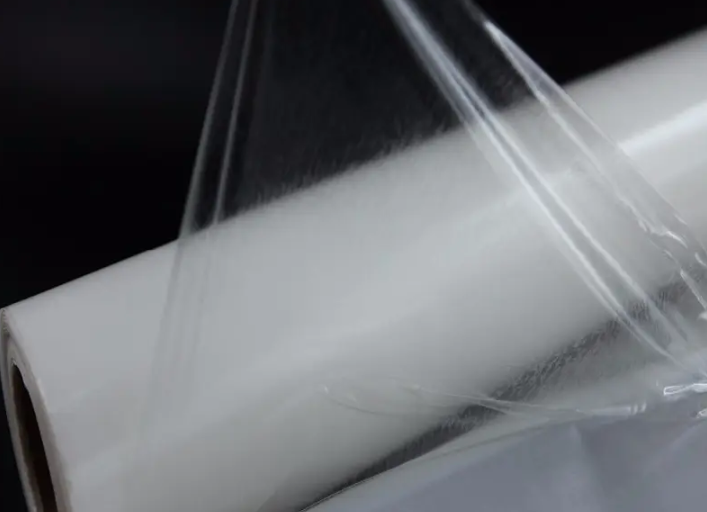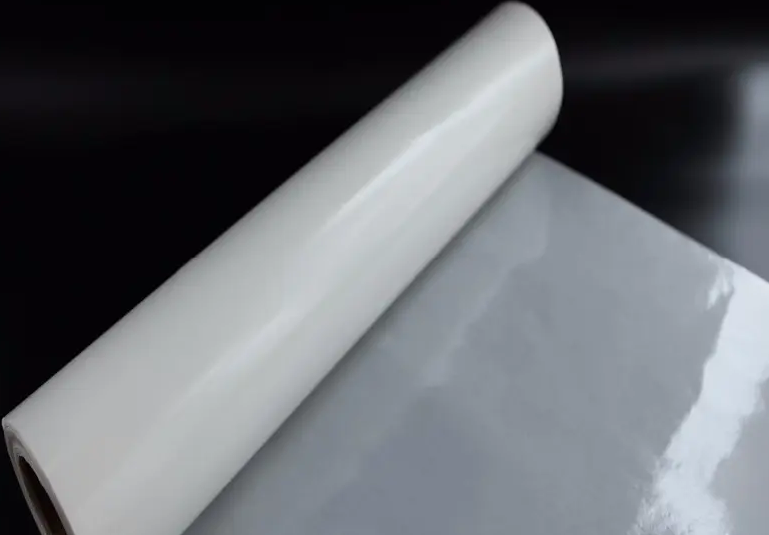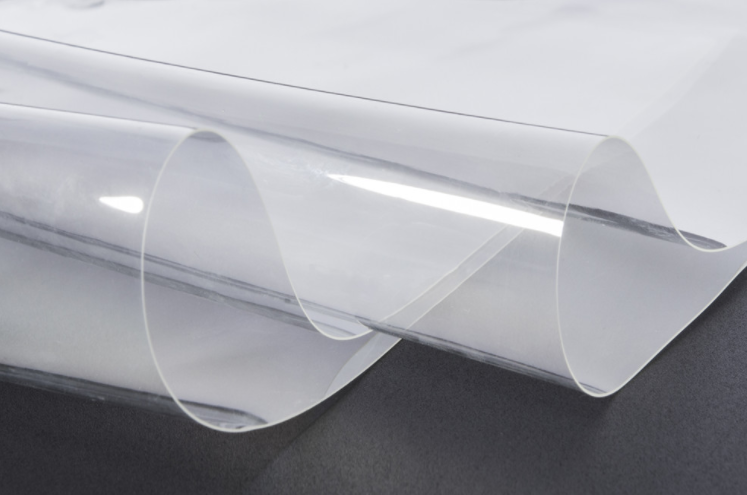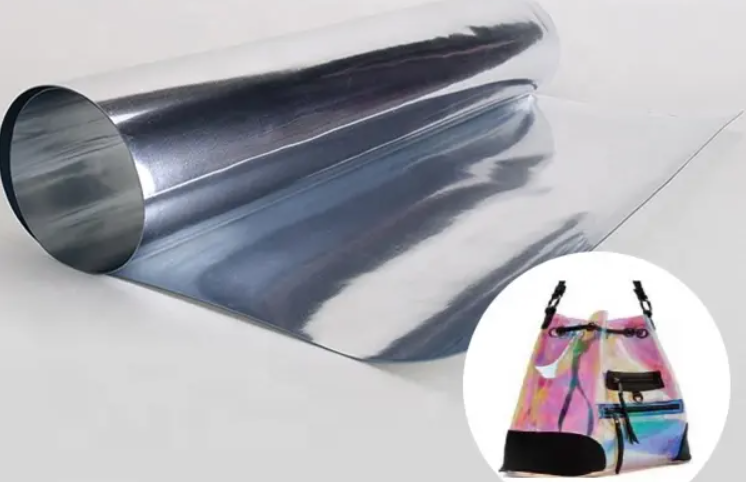Application of TPU fabrics in clothing
 12-25, 2023
|
12-25, 2023
|
 View:
View:
TPU fabric is a functional fabric with unique characteristics and wide application. Due to its excellent performance and diverse application fields, TPU fabric plays an important role in modern clothing design. This article will introduce the application of TPU fabrics in clothing in detail and highlight its characteristics and advantages.

1. Characteristics of TPU fabric
Elastic and wear-resistant: TPU fabric has excellent elasticity and wear-resistant properties. It can maintain long-term shape stability and is not easily deformed. At the same time, it has good wear resistance and can resist friction and scratches from the external environment.
Thin and breathable: TPU fabric is very light and breathable. It allows the skin to breathe well, keeping it dry and comfortable, and is especially suitable for sportswear and outdoor activities.
High-strength waterproof: TPU fabric has excellent waterproof performance. It effectively prevents moisture penetration, keeping the body dry and providing extra protection in harsh weather conditions.
Environmentally friendly and healthy: TPU fabric is made of environmentally friendly materials and does not contain harmful substances and carcinogens. It complies with international environmental protection standards, is harmless to the human body, and can be worn with confidence.
2. Application of TPU fabrics in clothing
Sportswear: TPU fabrics are widely used in all types of sportswear. Its elasticity and wear-resistant properties make sportswear more comfortable and durable, with good stretch and resilience, and can meet the needs of athletes for high-intensity sports.
Raincoats and outdoor clothing: The waterproof properties of TPU fabric make it ideal for making raincoats and outdoor clothing. It can effectively resist rain and moisture, keeping the body dry and providing extra protection during outdoor activities.
Underwear and underwear: The light and breathable properties of TPU fabric make it very suitable for the production of underwear and underwear. It can provide good breathability and comfort while having a tight-fitting effect, shaping the perfect body curve.
Swimsuits and wetsuits: The waterproof properties of TPU fabric make it an ideal material for making swimsuits and wetsuits. It can effectively resist moisture penetration, keep the body dry, and provide better insulation and protection in the water.
Footwear and accessories: TPU fabrics are also widely used in the production of footwear and accessories. It can increase the wear resistance and comfort of shoes, while also making accessories such as gloves, hats, socks, etc., provide extra protection and style.
3. Advantages of TPU fabrics
Creative design: TPU fabrics can be creatively designed through printing, dyeing, etc., with rich and diverse appearance effects to meet the personalized needs of different consumers.
Lightweight and comfortable: TPU fabric is very light and comfortable to wear, does not add burden to the body, and has good breathability to keep the skin dry.
Durable: TPU fabric has excellent wear resistance, can withstand long-term use and washing, and is not easily damaged and deformed.
Easy to maintain: TPU fabric is easy to clean and maintain, can be machine or hand washed, and dries quickly, reducing tedious maintenance steps.
Environmentally friendly and sustainable: TPU fabrics are made of environmentally friendly materials, meet environmental protection requirements, will not pollute the environment, and can be recycled and reused, which has good sustainability.
TPU fabric is widely used in clothing. Its elasticity, wear resistance, lightness, breathability, waterproof protection and other characteristics make it an important choice in modern clothing design. Whether it's sportswear, raincoats, underwear or swimwear, TPU fabrics provide extra comfort and functionality to clothing. With the advancement and innovation of technology, TPU fabrics will continue to play an important role in the clothing field and meet consumers' needs for comfort, fashion and environmental protection.














